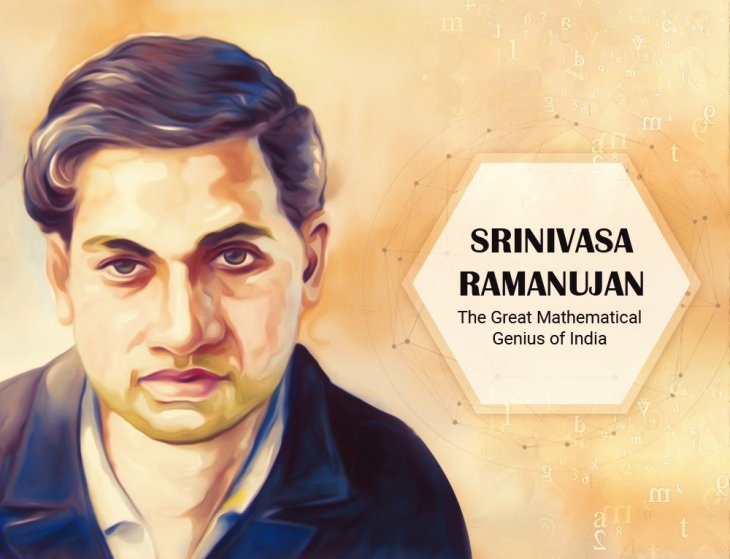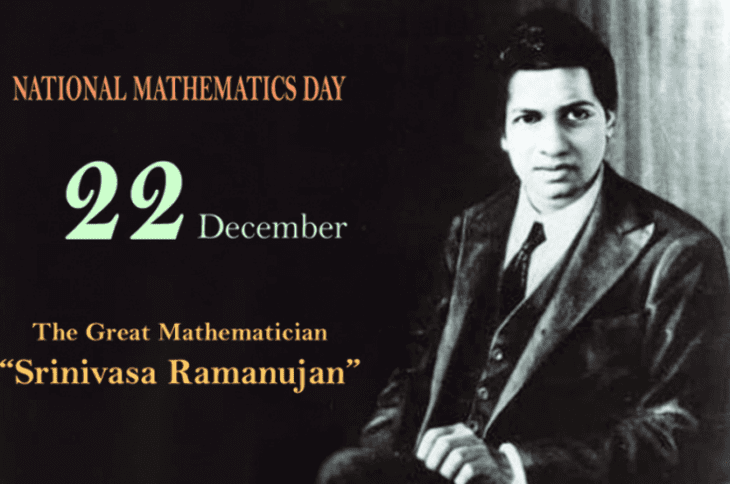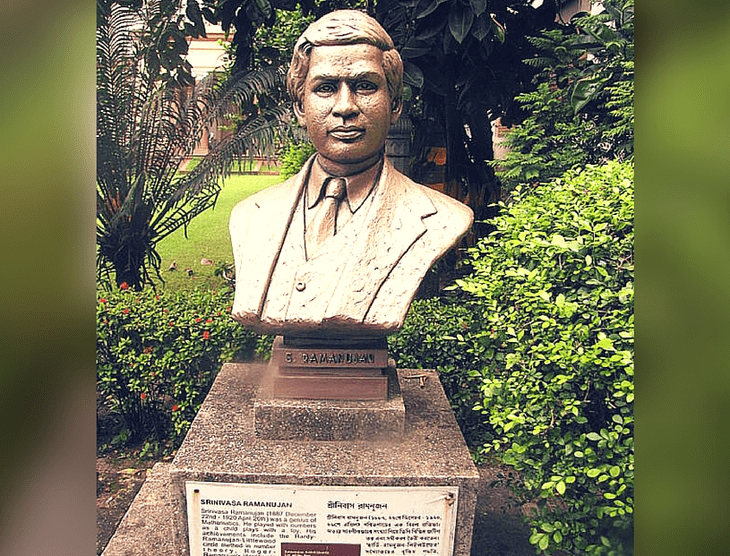The Greatest Indian Mathematician Began Developing His First Theorems At 13 But Died Young At Just 32
Jyotis - Apr 04, 2019

During his all life, Srinivasa Ramanujan listed more than 3900 theorems and results and most of these works were proven correct.
- Shakuntala Devi Awarded Guinness World Records’ Fastest Human Computation Certificate After 40 Years
- Indian Mathematician Srinivasa Ramanujan And His Famous Quotes
- The World Spent A Century Solving The Math Problems Ramanujan Left On His Death Bed
The man we want to introduce in this article was a well-known Indian mathematician named Srinivasa Ramanujan. What inside his life made him prominent over a large number of other mathematicians in the world? Take a quick look at the following milestones to look for the most suitable answer for yourself.

Age 0: Srinivasa Ramanujan’s birthplace was in Madras, India. At that time, his family was very poor.
Age 2: He contracted smallpox and recovered while thousands of his neighbourhood died.
Age 10: Ramanujan first contacted with Mathematics.
Age 11: Approached the initial mathematical knowledge from 02 college students as renters of his family.
Age 12: First read a book on Advanced Trigonometry written by S.L.Loney, who was a famous Professor of Mathematics.
Age 13: He mastered advanced Trigonometry and began building his first theorems.
Age 16: Ramanujan received a library copy of “A Synopsis of Elementary Results in Pure and Applied Mathematics” from his friend. The book contains 5,000 theorems.

Age 17: He delved into Bernoulli numbers by himself and calculated 15 decimal places of Euler Mascheroni constant.
Age 18: He got the scholarship from his college, but then lost it because he didn’t pay enough attention to any subjects, not math. After that, he left his home.
Age 19: Ramanujan enrolled in the second college; however, he just passed in math and failed in other subjects of Fellow of Arts exam.
Age 20: Under this age, he still had no degree. He kept leaving college and developing his own research. Ramanujan experienced an extremely poor life, and even he was always starving.
Age 22: He got married to Janaki and encountered a fatal disease. Ramanujan was too poor to pay for a surgery, but he luckily got the free support from a doctor.
Age 23: He went to Madras and hoped to work as a clerk. In the final, he tutored college students who were preparing for the FA exam.

Age 24: No one knew when Ramanujan’s mathematics notebooks began spreading among the Math community in Madras and accidentally read by the Secretary of Indian Mathematical Society. In the end, a few of his masterpieces were published in the Journal of the Indian Mathematical Society.
Age 25: He earned his living as a temporary clerk and got Rs 20 each month. However, he just worked in some weeks.
Age 26: The next clerk position brought him Rs 30 per month. In this working space, he got the encouragement from his boss, as well as from his colleagues, to pursue mathematics.
Age 27: He wrote a letter to G.H.Hardy that ever thought Ramanujan’s works were "fraud, as it was impossible to believe." And then, the English mathematician changed his mind and confirmed that theorems by the Indian mathematician "must be true, because, if they were not true, no one would have the imagination to invent them."
After Age 27: G.H.Hardy invited him to Cambridge. However, due to his religion, Ramanujan refused to leave India to “go to a foreign land.” He still sent Hardy his own theorems and claimed, "I have found a friend in you who views my labour sympathetically."
Also under the age of 27, he got the scholarship for his research at University of Madras with the approval from Hardy.
In the end, Ramanujan decided to come to England. He and the English mathematician checked all of the contents in his notebooks. It must come as no surprise when some researches were ever published by others, some were wrong and the large part among these researches was admiring.
Age 29: His research on highly composite numbers was recognized by Cambridge and brought him a PhD.
Age 30: He was officially among members of the London Mathematical Society.

After 31: Ramanujan became the second Indian citizen to take part in the Royal Society, and not long after, he became the first scientist from India as a Fellow of Trinity College.
Age 32: The talented Indian Mathematician was diagnosed with vitamin deficiencies and Tuberculosis. He came back to India and passed away at 32.
Because he saved his work in Madras as final results and didn’t leave any derivations to prove, all of these works had to take a long time to be proven accuracy. During his all life, he listed more than 3900 theorems and results and most of these works were proven correct.
When commenting on ratings of mathematicians, G.H.Hardy gave himself 25 points, Littlewood 30 points, Hilbert 80 points, and the Indian mathematician Ramanujan 100 points.
In reality, in a movie called Good Will Hunting produced in 1997, a professor compared Will (by Matt Damon) as Ramanujan.
Featured Stories

Features - Jul 01, 2025
What Are The Fastest Passenger Vehicles Ever Created?

Features - Jun 25, 2025
Japan Hydrogen Breakthrough: Scientists Crack the Clean Energy Code with...

ICT News - Jun 25, 2025
AI Intimidation Tactics: CEOs Turn Flawed Technology Into Employee Fear Machine

Review - Jun 25, 2025
Windows 11 Problems: Is Microsoft's "Best" OS Actually Getting Worse?

Features - Jun 22, 2025
Telegram Founder Pavel Durov Plans to Split $14 Billion Fortune Among 106 Children

ICT News - Jun 22, 2025
Neuralink Telepathy Chip Enables Quadriplegic Rob Greiner to Control Games with...

Features - Jun 21, 2025
This Over $100 Bottle Has Nothing But Fresh Air Inside

Features - Jun 18, 2025
Best Mobile VPN Apps for Gaming 2025: Complete Guide

Features - Jun 18, 2025
A Math Formula Tells Us How Long Everything Will Live

Features - Jun 16, 2025
Comments
Sort by Newest | Popular